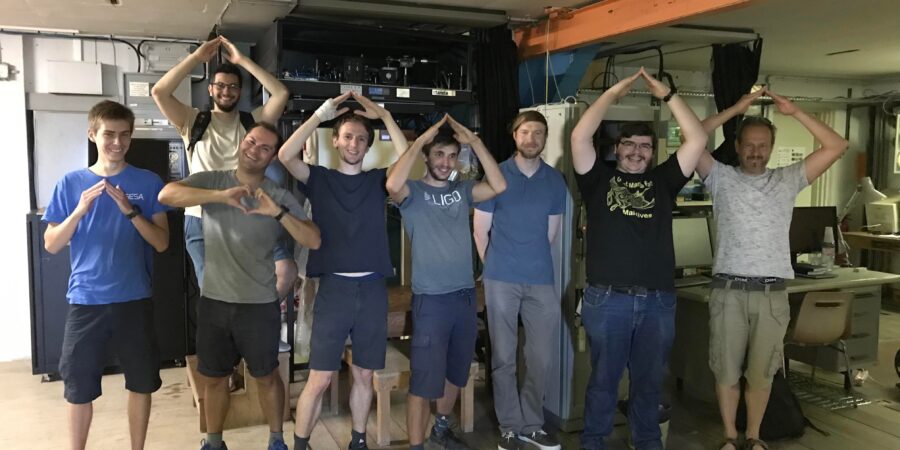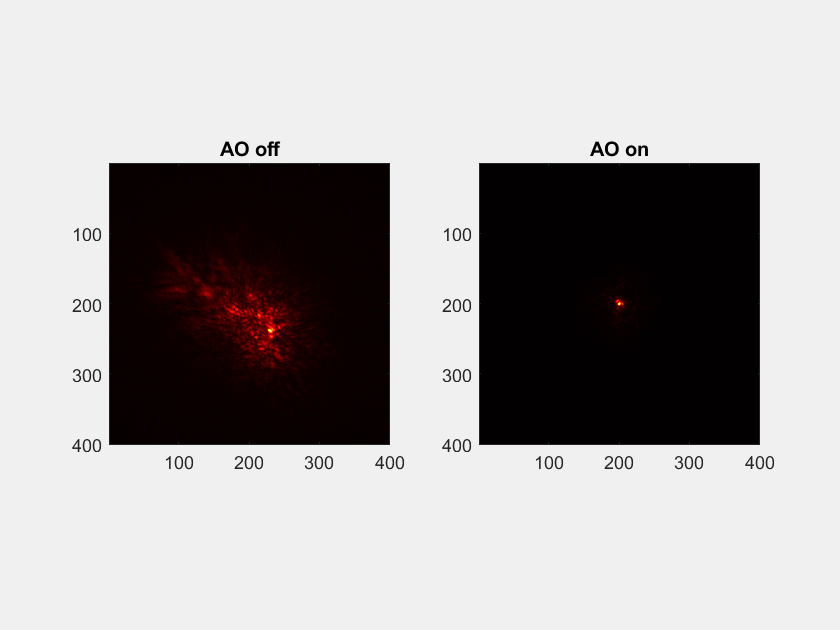
PAPYRUS is an Adaptive Optics bench developed and put on sky by the LAM and ONERA at the Observatoire de Haute Provence (OHP). Since its release in June 2022, it has successfully corrected turbulence on multiple objects: single stars, double stars and extended object (Mars). These data feed abundantly the research in Adaptive Optics in order to provide better performing instruments to the community. Thus PAPYURS is a unique platform in France and in Europe allowing to test on the sky the new ideas and the new components developed by the scientific teams.
The Papyrus project allows to prepare and validate technological bricks which will come to equip the future instruments of the VLT and the ELT.
At the beginning of January, all the PAPYRUS team was gathered at the OHP for a week of observations and tests.
Among all the tested novelties, one of them concerned the acceleration of the Adaptive Optics loop to correct the effects of the turbulence up to 1500 times per second! The results are convincing as you can see on the attached animation.

Without the correction provided by PAPYRUS, the image of a star (on the left) is about 3 arcseconds, but thanks to the Adaptive Optics of PAPYRUS, the light is concentrated on less than 0.1 arcseconds. A gain of a factor 30 on the angular resolution! And above all a demonstration of the robustness of PAPYRUS to « erase » the effects of the atmosphere.
Congratulations to all the teams involved, and stay tuned for more great results to come!




